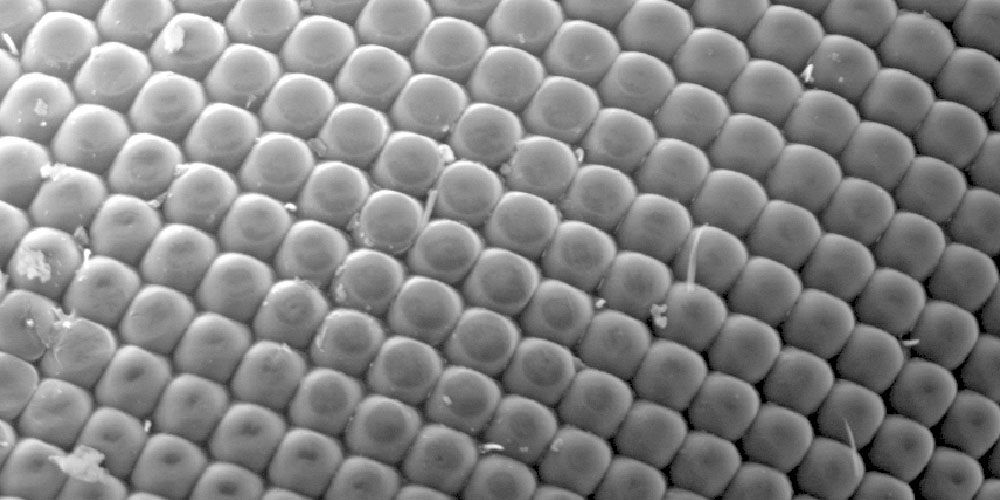Downloads
DOI:
https://doi.org/10.7480/jfde.2013.1-2.651Abstract
The rapid developments in molecular sciences like nanotechnology and self-organizing molecular systems generate a wealth of new materials and functions. In comparison to electronics the application in architecture remains somewhat underexposed. New functionalities in optics, responsive mechanics, sensing and adjustable permeation for gases and water might add to new opportunities in providing for personal comfort and energy management in houses and professional buildings.
With a number of examples we demonstrate how complex but well-controlled molecular architectures provide functionalities worthwhile of being integrated in architectural designs. Optical coatings are capable of switching colors or reflectivity, creating possibilities for design but also for the control of thermal transmission through windows. They respond to temperature, light intensity, or both. Selectively-reflective thin polymer layers or paint pigments can be designed to switch between infrared and visible regions of the solar spectrum. Coatings can be designed to change their topology and thereby their appearance, of interest for in-house light management, or just for aesthetic appeal. Plastic materials can be imbued with the property of autonomous sun tracking and provided morphing behavior upon contact with moisture or exposure to light. Many of these materials need further developments to meet the requirements for building integration with respect to robustness, lifetime, and the like, which will only be accomplished after demonstration of interest from the architectural world.
How to Cite
Published
Issue
Section
License
Copyright (c) 2013 Cees W.M. Bastiaansen, Albert Schenning, Michael Debije, Dirk J. Broer

This work is licensed under a Creative Commons Attribution 4.0 International License.
Authors or their institutions retain copyright to their publications without restrictions.
References
Broer, D. J., Lub, J., & Mol, G. N. (1995). Wide-band reflective polarizers from cholesteric polymer networks with a pitch gradient. Nature 378 (6556), 467-469.
Broer, D. J., Crawford, G. P., & Zumer, S. (2011). Crosslinked Liquid Crystalline Networks – From Rigid Polymer Networks to Elastomers. New York, NY: CRC Press Taylor & Francis group.
Han, Y., Pacheco, K., Bastiaansen, C.W.M., Broer, D.J., & and Sijbesma, R.P. (2010). Optical Monitoring of Gases with Cholesteric Liquid Crystals. Journal of the American Chemical Society, 132, 2961-2967.
Harris, K.D., Bastiaansen, C. W. M., Lub, J., & Broer, D. J. (2005). Self-Assembled Polymer Films for Controlled Agent-Driven Motion. Nano Letters, 5(9), 1857-1860.
Harris, K. D., Bastiaansen, C. W. M., & Broer, D. J. (2006). A glassy bending-mode polymeric actuator which deforms in response to solvent polarity. Macromolecular Rapid Communications, 27, 1323-1329.
Klein, T., (2011). Outcome of brainstorm meetings with participants of Delft University of Technology and Eindhoven University of Technology.
Luengo Gonzalez, C., Bastiaansen, C.W.M., Lub, J., Loos, J., Lu, K., Wondergem, H. J., & Broer, D. J. (2008). Nanoporous membranes made of hydrogen bridged smectic networks with nanometer transverse pore dimensions. Advanced Materials 20 (7), 1246-1252.
Modes, C. D., Bhattacharya, K., & Warner, M. (2011). Gaussian curvature from flat elastic sheets. Proceedings of the Royal Society A: Mathematical, Physical and Engineering Science, 467(2128), 1121-1140.
Sousa, M. E., Broer, D. J., Bastiaansen, C. W. M., Freund, L. B., & Crawford, G. P. (2006). Isotropic Islands in a Cholesteric Sea: Patterned Thermal Expansion for Responsive Surface Topologies. Advanced Materials, 18(14), 1842-1845.
Van Oosten, C. L., Bastiaansen, C. W. M., & Broer, D. J. (2009). Printed artificial cilia from liquid-crystal network actuators modularly driven by light. Nature Materials, 8(8), 677-682.
Van Oosten, C. L., Corbett, D., Davies, D., Warner, M., Bastiaansen, C. W. M., & Broer, D. J. (2008). Bending Dynamics and Directionality Reversal in Liquid Crystal Network Photo-actuators.
Yamada, M., Kondo, M., Mamiya, J. -I., Yu, Y., Kinoshita, M., Barrett, C. J., & Ikeda, T. (2008). Photomobile Polymer Materials - Towards Light-Driven Plastic Motors. Angewandte Chemie International Edition, 47, 4986-4988. Macromolecules, 41(22), 8592-8596.
